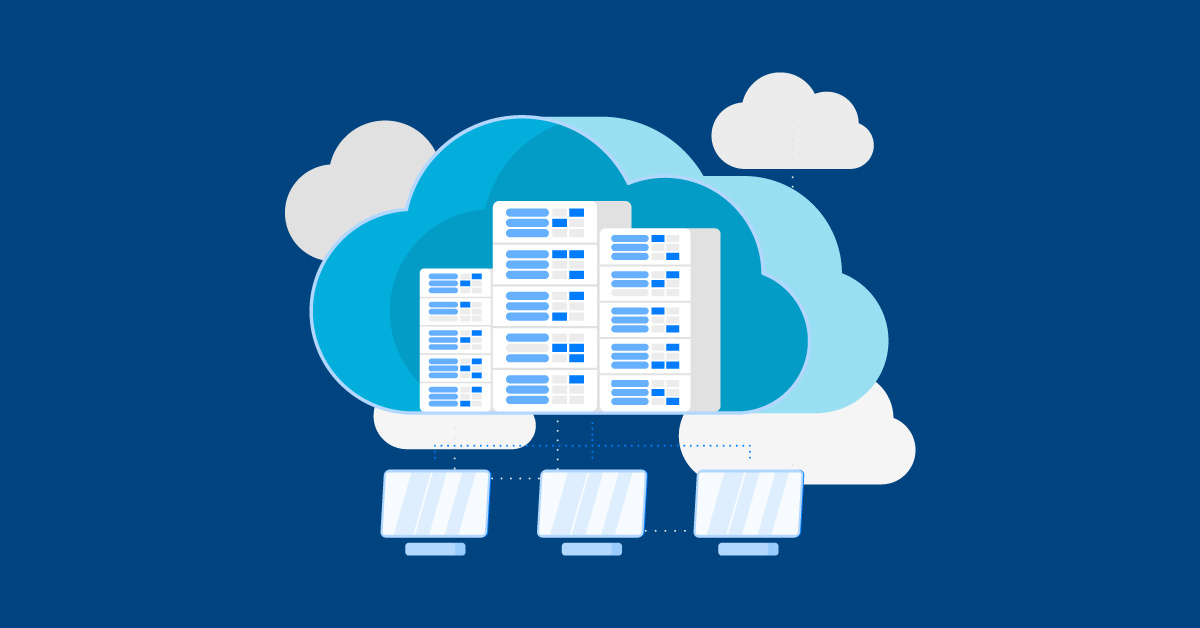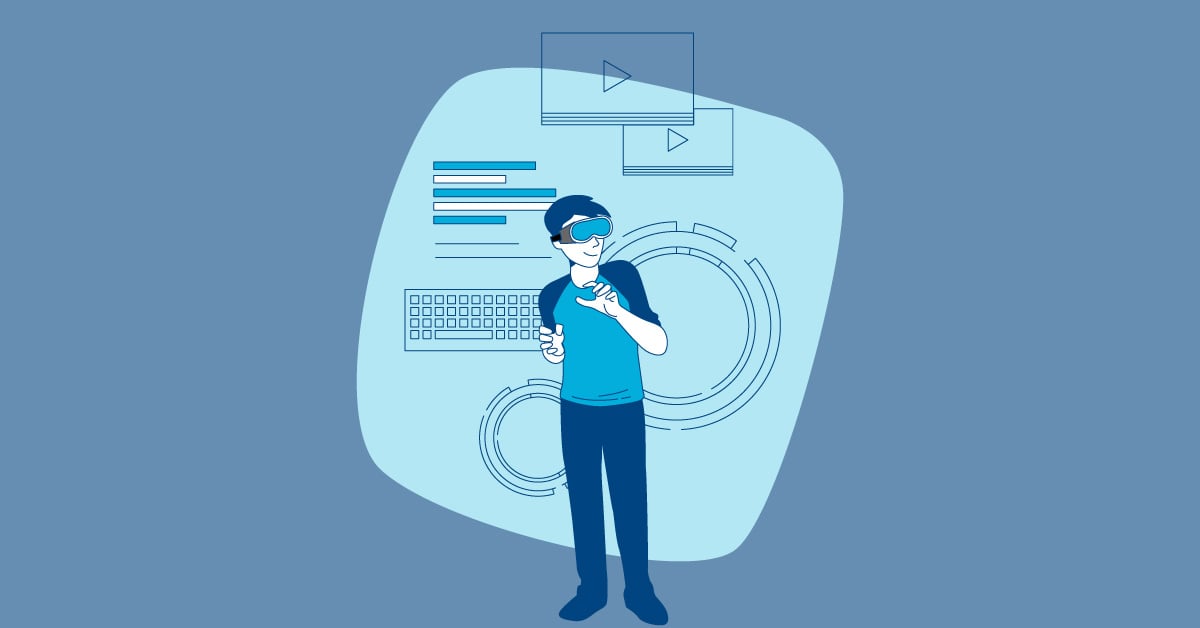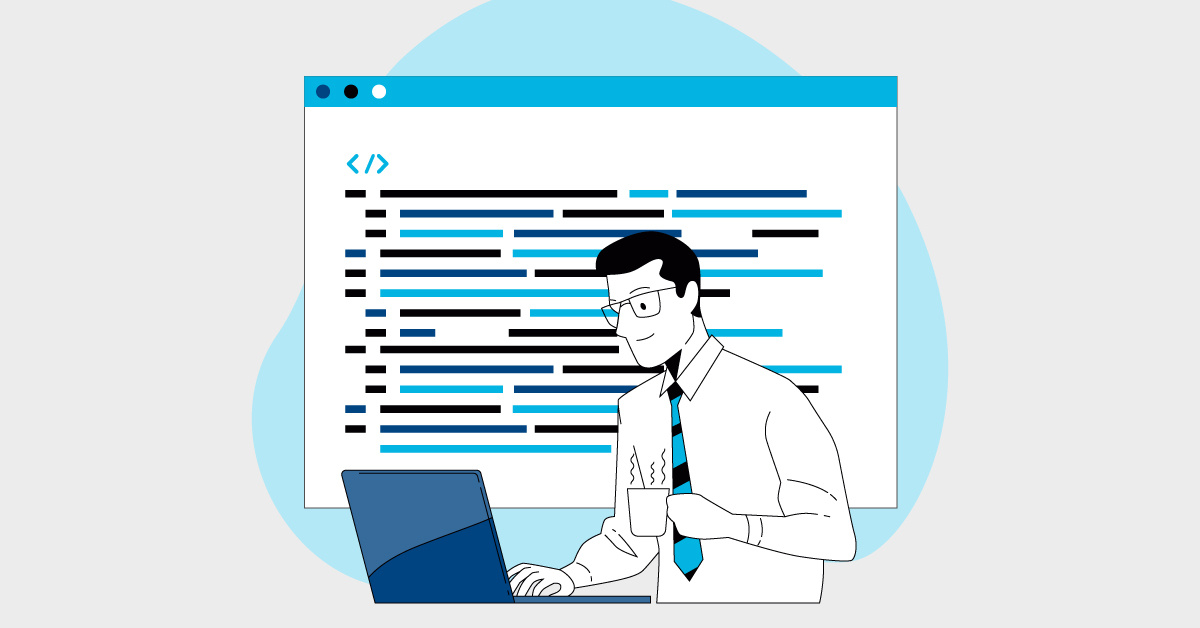Software as a Service (SaaS) applications offer scalable solutions that accommodate the growing needs of businesses across various sectors. However, the dynamic nature of SaaS applications presents unique challenges in maintaining their reliability and performance. Teams must perform comprehensive testing for an organization to deliver a seamless and bug-free user experience.
SaaS testing tools meet these challenges head-on. By integrating these specialized tools into the development lifecycle, companies can improve their testing processes. With the right testing solutions, engineering teams can focus on their core product development and spend less time on repetitive tasks. This approach speeds up the release cycle while guaranteeing the final product meets the highest quality and user satisfaction standards.
Understanding SaaS Testing Challenges
Testing SaaS applications is more complex than traditional software testing due to several unique factors. Here are some common challenges teams face:
Multi-Tenancy Complexities
SaaS applications often serve multiple customers from a single shared environment. This setup means that actions from one user can unexpectedly affect others. Testing must thoroughly assess how these interactions occur and confirm that functionality remains consistent for every user, regardless of others' activities on the same system.
Limited Control Over User Environment
Unlike traditional applications in a controlled environment, SaaS applications must operate flawlessly across various user conditions. This includes varying devices, browser types, and network settings. Each combination can introduce its own challenges, making it critical to simulate and test under as many different conditions as possible to avoid unexpected user issues.
Scalability and Performance Concerns
As user numbers grow, SaaS applications must manage increased loads without compromising performance. This scaling is a double-edged sword; while necessary for growth, it introduces vulnerabilities. Testing must simulate high traffic and varied usage patterns to verify that the application can handle these scenarios without slowing down or crashing, thereby maintaining a smooth user experience.
Frequent Updates and Changes
SaaS platforms update more frequently than traditional software to keep up with market demands and technological advancements. Each update can introduce new bugs and major challenges if not tested properly, so teams need a flexible testing strategy that can quickly adapt to new changes without disrupting the ongoing service.
Benefits of Using SaaS Testing Tools
Adopting SaaS testing tools brings numerous advantages that help address the inherent challenges of SaaS applications, enhancing both the efficiency and effectiveness of the testing process. Here's how these tools can benefit a company:
Enhanced Test Automation
SaaS testing tools automate many repetitive tasks integral to testing. This automation testing speeds up the process and reduces the chance of human error, allowing a team to focus on more complex issues. Automation ensures that tests are consistent and can be run at any time, increasing the overall reliability of the results.
Cross-Browser and Device Compatibility Testing
To guarantee a seamless user experience, SaaS applications must function flawlessly across all browsers and devices. SaaS testing tools help simulate an application's performance on different platforms and under various conditions. This testing is vital because it confirms that every user, regardless of their choice of technology, receives a consistently high-quality experience.
Performance and Load Testing
These tools enable teams to simulate real-world user traffic to see how the application behaves under stress. This is crucial for identifying and addressing performance bottlenecks before they affect real users. By preparing for high-traffic situations in advance, teams can ensure that the application remains stable and responsive, even during peak usage times.
Security Testing
Security is a paramount concern in SaaS applications, as data breaches can lead to significant losses and erode user trust. SaaS testing tools help identify and fix security vulnerabilities, protecting user data against security threats. This testing includes checking for weaknesses in data encryption, authentication processes, and access controls.
Incorporating SaaS testing tools as part of an organization's quality assurance strategy allows for a more robust and secure application, ultimately leading to a better product and satisfied customers.
Types of SaaS Testing Tools
A variety of specialized testing tools tackle the unique challenges of SaaS applications. Each type of tool targets specific areas of a SaaS platform, enhancing the overall quality and security of the software. Here's a breakdown of the key types of SaaS testing tools:
Functional Testing Tools
These tools are crucial for automating and validating user interactions with the application. They mimic user actions, such as clicking buttons or entering data, to ensure that each feature works as intended. Functional testing tools help confirm that the application behaves correctly in response to user inputs and follows the specified business rules.
API Testing Tools
Since many SaaS applications rely on APIs to interact with other services, testing them is essential. API testing tools evaluate these interfaces' functionality, performance, and security. They check whether the APIs meet the expected outcomes, handle loads efficiently, and secure data during interactions between software systems.
Performance Testing Tools
These tools simulate varying user load levels to understand how the application behaves under stress. Performance testing is vital for determining an application's scalability and reliability. It helps identify an application's maximum operating capacity and any issues that may arise as more users access the service simultaneously.
Security Testing Tools
Given the online nature of SaaS applications, security is a major concern. Security testing tools scan the application for vulnerabilities that attackers could exploit. This includes testing for issues like SQL injections, cross-site scripting, and other exploits that could compromise user data and the integrity of the application.
Choosing the Right SaaS Testing Tool
When choosing a tool, teams should consider how well it matches their testing needs. Budget is a crucial consideration. Tools vary in price, with some offering more advanced features at a higher cost. Ease of use is also essential, especially for teams looking to implement tools quickly without extensive training.
Additionally, organizations should consider the tool's compatibility with other software systems and its ability to scale as the user base grows. Before making a final decision, evaluate tools through free trials or demos. A team can assess the tool's effectiveness in a specific environment and verify that it meets expectations before committing.
Beyond the Tools: Best Practices
To maximize the effectiveness of SaaS testing, companies should:
- Develop a well-defined testing strategy
- Plan their testing approach thoroughly, utilizing tools to cover all aspects of their application
- Prioritize the user experience by focusing on scenarios that reflect actual user interactions to ensure their application performs well under real-world conditions
- Integrate testing into the development lifecycle to catch issues early and often, promoting a stable and reliable product
- Continuously refine and adapt their testing practices to keep pace with new challenges and technological advancements as their application evolves
Conclusion
Selecting the right SaaS testing tools is pivotal for ensuring an application meets user expectations effectively and efficiently. As the field of SaaS evolves, new tools and trends promise even greater precision and ease in testing. It's an exciting time for developers and businesses to leverage these advancements. By embracing these tools and implementing a strong testing strategy, companies can significantly enhance the quality of their SaaS applications.




%20(1).png?width=150&height=69&name=MuukTest-logo---light-background%20(3)%20(1).png)
